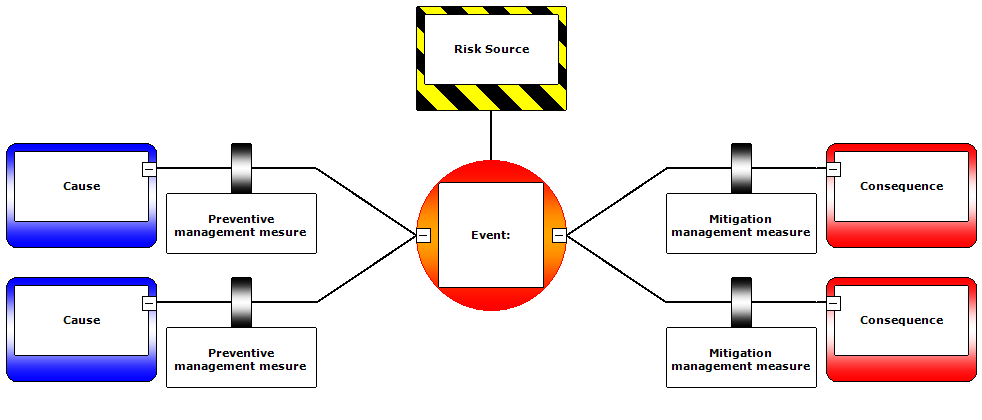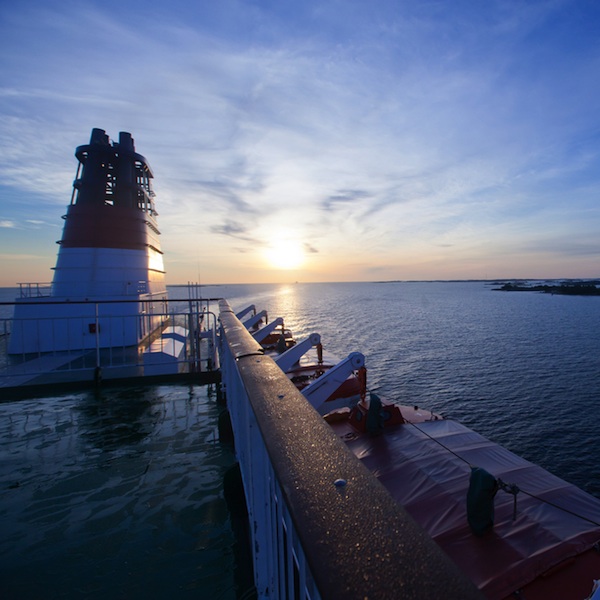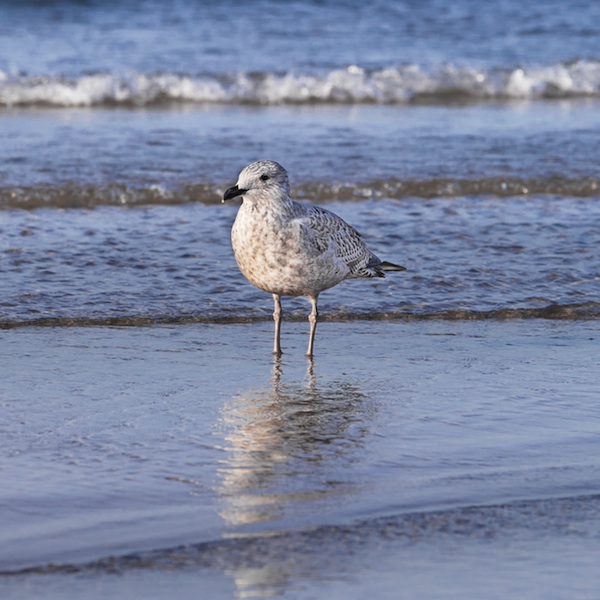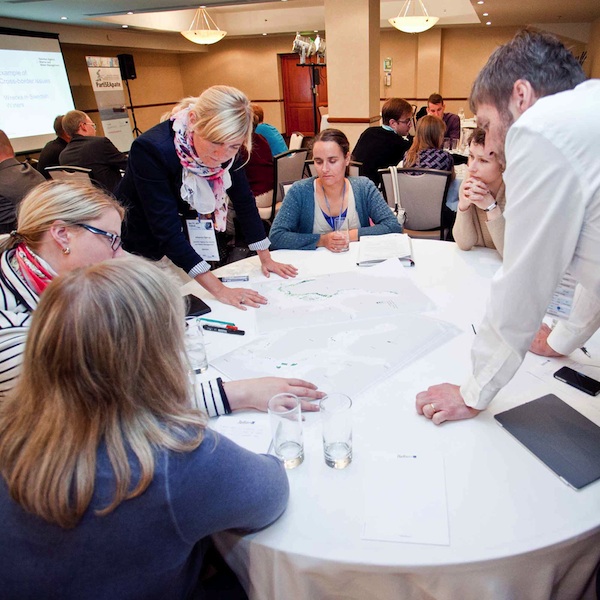Bow-tie approach
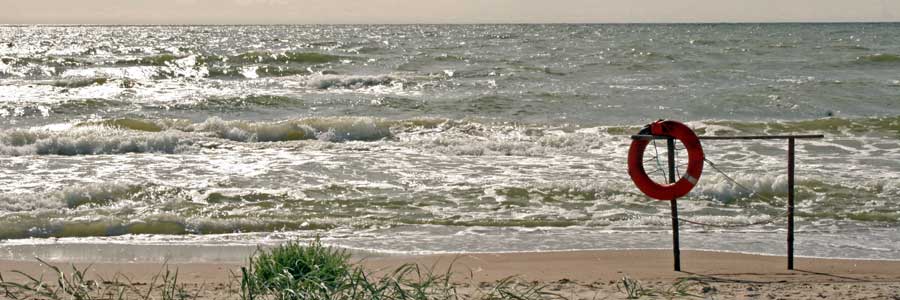
The Bow-tie analysis is designed to help planners analyse risks and consequences of these risks as well as prevention and mitigation factors of different planning decisions in a structured way.
Originating from the oil and gas industry, the bow-tie analysis is a method for risk-assessment for management systems. The process involves the identification of the sources of risk (i.e. health, safety or environmental hazards) in the given management area. Based on the sources of risk, causes are identified reflecting the activities that give rise to an undesired event in addition to the identification of the consequences that would result from the undesired event occurring. The true value of the analysis is the subsequent identification of preventive and mitigation measures (see figure Generic Bow-tie diagramme). The approach is one of the 30 techniques of EIC/ISO 31010 risk assesment technique for risk management standards.
In BALTSPACE the Bow-tie analysis has been used to analyse and evaluate the spatial and temporal management options to either prevent environmental effects, health and safety incidents or user conflicts as well as mitigate the environmental impacts, socio-economic consequences or legislative repercussions. In addition to the identification of legislative and policy gaps, a Bow-tie analysis includes scenario analysis of management options in the evaluation and development of the marine spatial plan. Such a Bow-tie diagram for MSP (see below) can be produced with the BowTieXP software. It can provide supporting documentation, risk assessment results and management measures effectiveness. The tool integrates multidisciplinary information in one standardized analysis for decision-making focused on the necessary management measures aimed at achieving a given policy objective. In the implementation stage, the Bow-tie analysis is then used to develop monitoring and compliance surveillance programmes.



